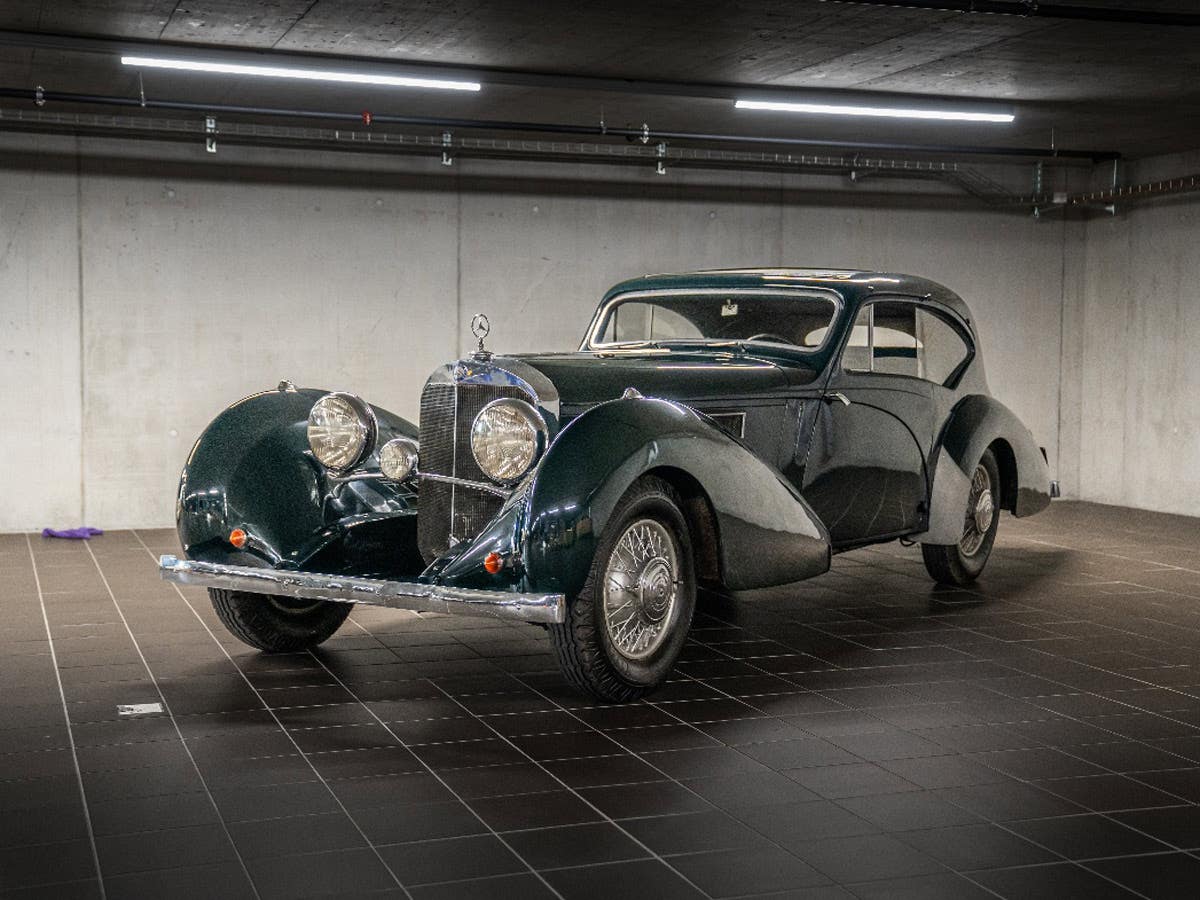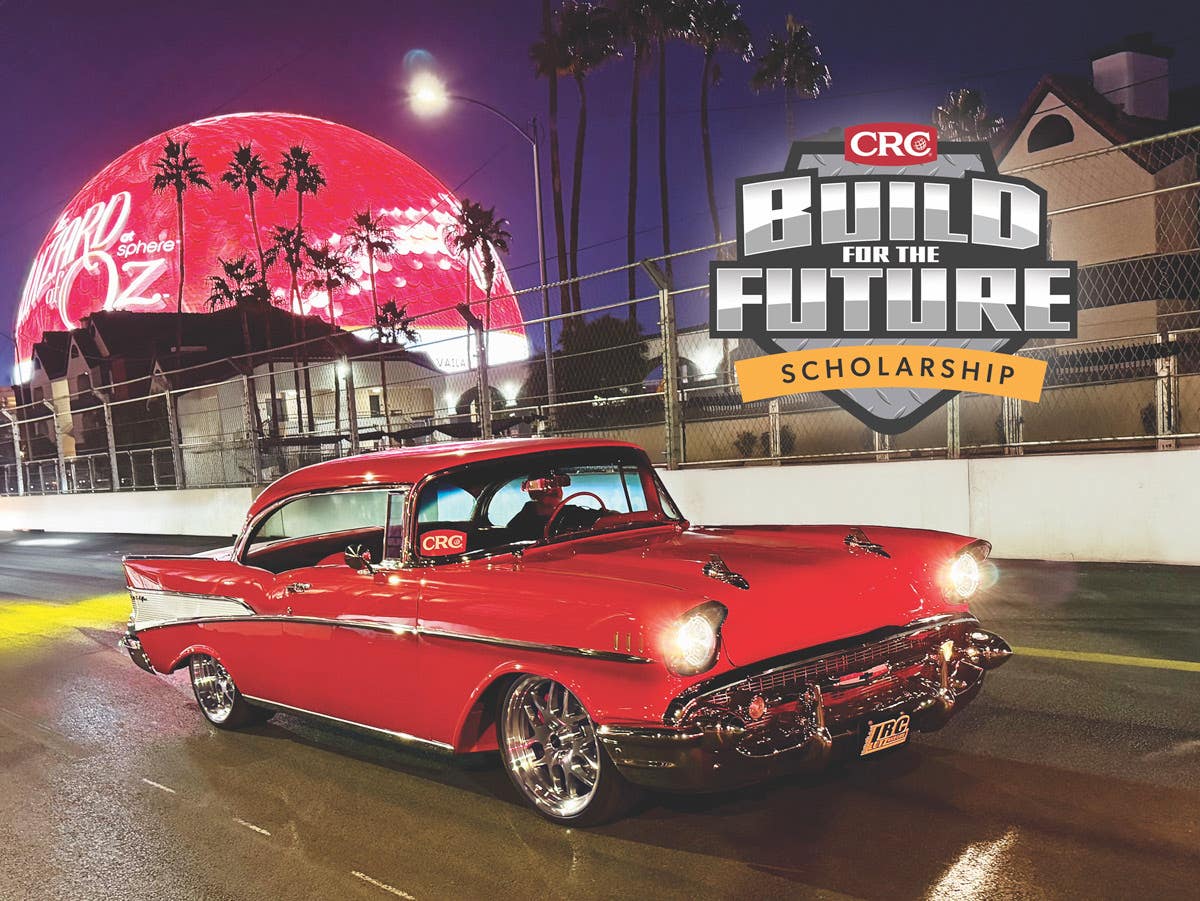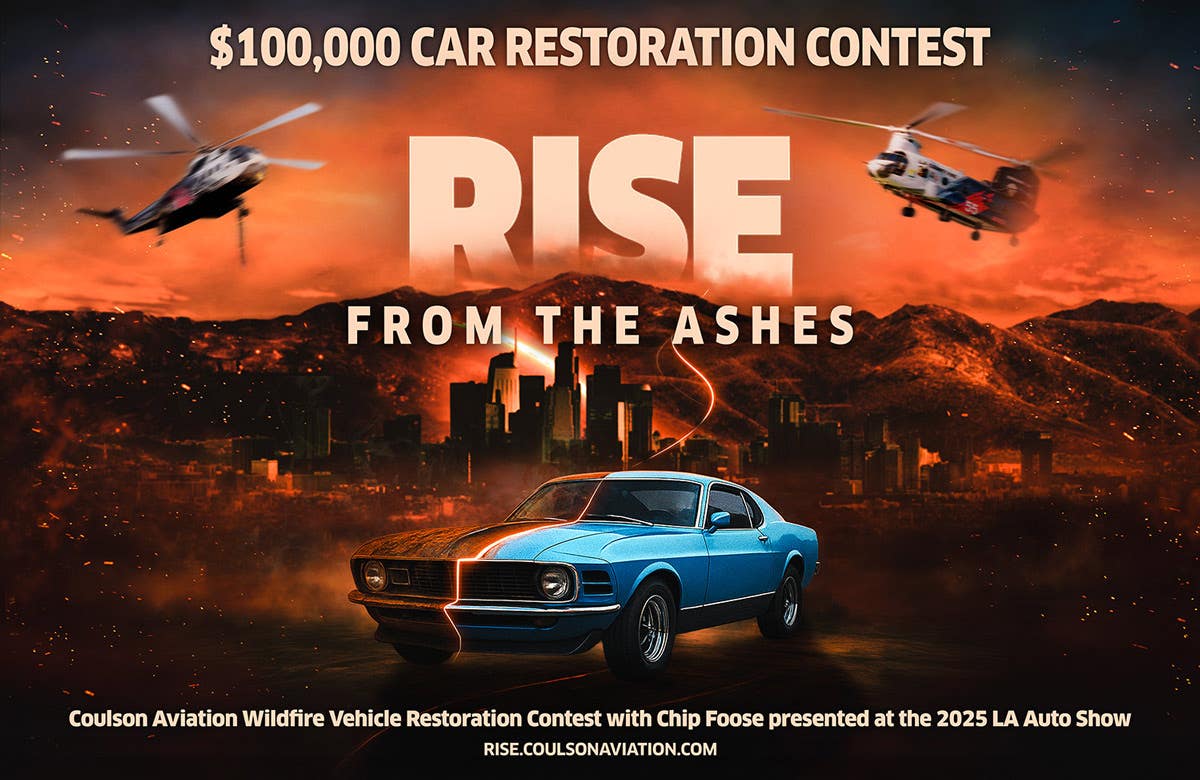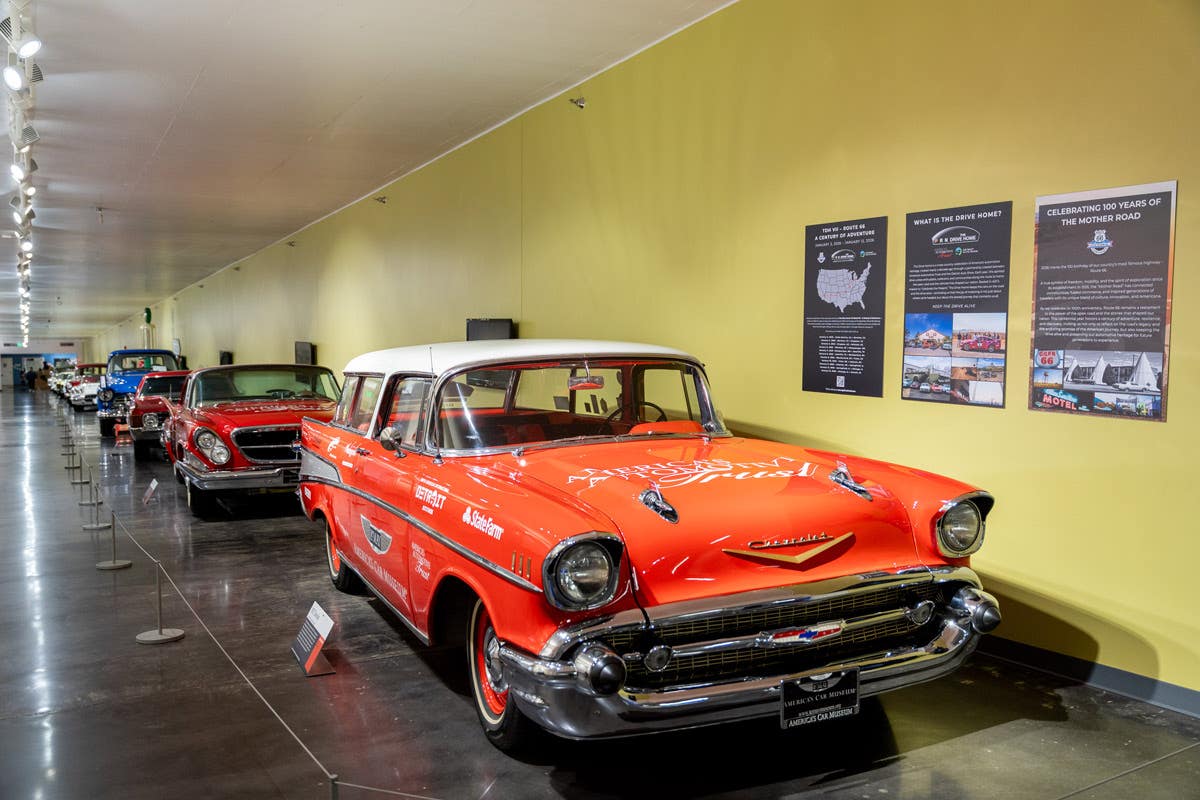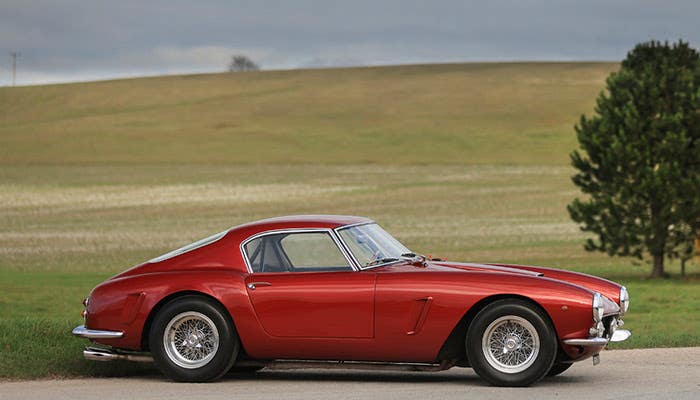Where do we go when everything is gone?
Article courtesy of Larry Kummer and PontiacRegistry.com. For most automotive hobbyists, this passion (be it for enjoyment or business) has always revolved around the availability of both cars to restore…
Article courtesy of Larry Kummer and PontiacRegistry.com.
For most automotive hobbyists, this passion (be it for enjoyment or business) has always revolved around the availability of both cars to restore and parts to restore them. Most of us who have come up through the hobby since the ‘60s never thought that a lack of parts or cars would be a concern. There were always salvage yards dotting the countrysides with cars all the way back into the 1920 and ‘30s. Sure, these older cars were getting rarer, but seldom because they were being disposed of. In the past, most salvage yard owners held a certain reverence for these older vehicles, most often scrapping out the new cars that came in from accidents rather than scrapping pieces of automotive history. Many times they would not even part them out, insisting that they would only sell them as complete cars.
However, we all have heard horror stories of huge salvage yards bringing in a crushing operation to clear the yards out in a day's time. I remember a yard in central Wisconsin where they had one of their three yards cleared. It was done because the property became too valuable to use for simply warehousing old cars. On one visit there, the old owner told us of how he watched a flatbed truck roll in, loaded with one row of cars already, drag a large cable and hook over the top of them to begin pulling even more cars up on top of those.
He described how he watched the cable draw tight down on the top of the windshield frame of a ‘34 Ford roadster, and how it crunched and broke almost as in slow motion. He wasn’t happy telling the story, and by this time (a few years later) you could tell he was already regretting what he had done.
But this business of automotive salvage is like any other business. . . it’s about money and putting food on your table and paying your bills. It has historically been a political hot topic, too. I recall combing the hills of central Kentucky with my ex’s uncle looking for old cars and wondering why all the stories we had heard of hillbillies littering their yards with old cars wasn’t yielding any results. He told me “You can thank Ladybird Johnson for that.” It seems back in the early ‘60s when LBJ was in office, Ladybird’s first-lady project became beautifying America – and that wasn’t restricted to picking up litter on the sides of the roads. It also meant going onto peoples’ property and clearing out what others thought were eyesores. I wonder how many "litter collectors" got shot at with a squirrel gun in these attempts. But, as with most things hatched out of the government's folly, more harm was done than good and many hillside automotive treasures were gone forever.
By the late-70s and early-80s, we began hearing about massive auto yards in the near north and western plains that were being saved, and even consolidated with other yards that were being bought out all in the interest of creating mega old auto salvage sites. Places like Windy Hill and French Lake, both in Minnesota, come to mind. And places such as Desert Valley Auto Parts in Phoenix, Arizona (founded in 1993) have even popped up with the intent of serving the old car community. Thankfully these old car sanctuaries still exist to help us hobbyists in preserving automotive history.
Luckily a good number of these sort of large operations, and even a number of smaller family or one-man shops, are still around– but their numbers are becoming fewer and fewer every year. Inventory taxes, zoning, environmental concerns and, sadly, slow business are forcing many to make the decision they hoped to would never have to make. These decisions to liquidate do not usually mean finding someone to buy all the inventory. This isn’t a business that you can box up and send to someone else. Aside from the obvious cost of buying the inventory, one has to consider if it is worth the cost to transport and set up somewhere else. Usually the cost is prohibitive. Add to that the fact that steel prices, though volatile, are most always higher than purchase prices of the items. The solution becomes reluctantly obvious.
Another source of the decline is the dilemma of operator/owners passing on. This sad and unavoidable situation has made a lot of these operation's disappearances imminent. So often the passion of one passionate owner does not pass down through his bloodline. Add to that the other concerns we already mentioned, and the future of salvage yards to support the hobby community is pretty bleak.
Sadly, this same observation is playing out across the country. Recently, Pontiac enthusiast Larry Crider of Sapulpa, Oklahoma, has witnessed first hand one of these Pontiac salvage yard closings. Longtime Pontiac parts source East-West has reluctantly decided that it was time to get out of the business. And, as we see too often, there were no family members nor buyers to step up and keep it operational. After a long try, it was opened up to mass sales efforts which paid off well for many, but also left literally tons of materials that had no way to dispose of other than as scrap. It was through some herculean efforts of Larry to spread the word of this situation to many Pontiac hobbyists that meant much went to new homes and new projects. Here is Larry’s account of the situation:
"From first-hand experience of a local salvage closing it’s doors, I can see two sides to this story. First of all, I went out almost everyday to basically document the closing of a 30-year-old business in Oklahoma. I sat down with the owner trying to figure the reality of the situation. My interest in this particular salvage yard was the fact hat it catered to mainly Pontiacs with over 700 bodies out in the yard and a warehouse stuffed with everything from interiors to motors and even glass and rebuildable cores for those wanting original parts.
I have to give the owner credit: first of all, business is business, and he is almost 70 years old and was wishing to retire – but he was a die-hard Pontiac person, too. So he gave up on the retirement for two years hoping to sell the yard with the vehicles and parts. Unfortunately, all the people interested in owning a salvage today know the older vehicles are slow-moving sales, bottom line, it’s a fact. Slow sales doesn’t feed the family. So nobody was interested in his property with all the older vehicles. So a push was made to open the gates and allow people to see first hand what there was, and to do a major price reduction to save what could be saved.
This is where I come in, taking photos and spreading the word. It was a good feeling to come in every morning and seeing out-of-state vehicles with trailers on-hand to purchase some vehicles. I
can say many truck loads of parts went out, too. As a business owner also trying to feed his family, he just couldn’t give items away, even though I did see him hand many parts to people and told them to have a good day. But after two months of the big push and items in place to officially shut down, the decision was made to bring on-site a crusher.
Unfortunately I saw over 800 vehicles disappear in a week and half's time. It was heartbreaking to say the least. Even as I’m writing this, the final items in the warehouse are being removed and I had to quit looking at the boxes and carts being wheeled out because of the extremely nice pieces of stainless, glass or other parts just being tossed into the dumpster. Even many dealers stopped in and were just overwhelmed with the quantity of items and stated it was just to much to save, even for them. Yes, many special brackets and odd items were saved for those that knew what to look for, but how much can a person do? Some people have called his actions unforgiving, but people knew of his business for almost 30 years and were just now wanting some of the parts to save. I guess the old saying 'You can’t take it with you' still stands."
Yet one more reason for the vintage yards disappearing is because of the massive amount of reproduction parts being produced around the world for collectible cars. That’s all great if you own an early Ford or Chevy, but what about us Pontiac people? If you have a GTO or Firebird, you’re in pretty good shape. But that’s only because there is money to be made reproducing and selling these later-model parts. With the boom of the muscle car market, and large availability of cars to work with, it is economically viable to create this aftermarket source. Few would believe it is being done for any altruistic reasons. . . it’s like in the movie "The Jerk" when Steve Martin, as a carnival weight guesser, exclaimed in a moment of epiphany, “Ah, it’s a profit deal!”
There are, in spite of all we mention above, a rare few operations who have ventured into a previously unexplored territory, collecting and saving from scrappage some of these older vehicles– usually concentrating on a specific marque. One such operation comes to mind supporting the Pontiac hobby place of the ‘60s and up into perhaps the ‘early ‘80s. That is Frank Thomas of Frank’s Pontiac Parts in Twentynine Palms, California.
This is perhaps the only large-scale, early-Pontiac salvage yard operation, and thankfully it is in super dry Southern California. But, just as we have mentioned with the demise of older yards, this newer facility has to thrive (as in "better than survive”) if it is to continue saving and then offering parts to those who need them for their older Pontiacs. This is not a Thomas Family Hobby. This is a business, and everyone has to remember that when they complain that a part is too expensive, or that it has to be shipped so far. Consider first the actual value of the item and then the cost of finding, transporting, harvesting, storing and advertising the part. There's also the prep and shipping to the comfort of your own home. This isn’t Amazon, with its catalog of new mass-produced housewares from China! And nobody twisted your arm to get into the hobby. I used to tell customers who bellyached about my costs to be happy I can make some money on their work so I can be there the next time they needed me again. Selling at a loss (to make people happy), but making up for it in volume will put you out of business quickly.
Recently, I have experienced this old car parts availability situation first hand. Back when I first restored my 1940 Pontiac, I knew of at least three cars like it in nearby old salvage yards that I could run out to (OK, they were 50 miles away, but they were there). Now that I have been restoring
the car, I have found only one in Minnesota, and that car is as picked over as a Thanksgiving turkey carcass. Mostly because they parted it out on eBay, much like I did previously with many of the parts I removed when I street-rodded my car. Old salvage yards are disappearing; eBay can only fill the gap for so long. One of the reasons I decided to street rod my car was because of the lack of availability of many of the old parts. Also, be forewarned that the mechanical parts we always thought “would always be there” are not only getting scarcer, but their prices are five times or more what I paid when I first restored the car in 1980.
Regular PontiacRegistry.com contributor Jeff Redhage of Sullivan, Missouri [Our thanks to Jeff for many of the photos you see here] has been exploring and photographing many local salvage yards over the years in the Midwest and has observed the following:
“I see these old salvage yards steadily declining in the future. Even yards like Randy’s by me will eventually be crushed. Randy is pushing in his 60s and will eventually cash out. I do not see Randy’s yard lasting much more than an additional 5 years.
Many of these guys are retiring and some are second- or third-generation family members that are ready to walk away. It will definitely get tough on the hobbyist looking for parts.
I see the same happening to John’s Salvage yard in Cabool, Mo., too. John is not a young man by any means. This yard will probably see the same fate too."
There have been some bright spots on the horizon though. One is an operation like VanDerBrink Auctions that has filled a void badly needed to support the old car hobby community. Or, to at least give it one last shot at survival, one piece at a time. Their concentration on auctioning large individual collections and small salvage yard inventories (often following the passing of the person who began them) have put many restorable cars into the loving hands of new owners, or at least made available parts for restoration projects that might have otherwise been crushed and returned later as a Hyundai wiper arm.
Restoring an old car is quickly becoming something not for the faint of heart! But as gloomy of a picture as all this is creating, there are still those among us who are not going to be deterred. And for those, we need to be here as fellow hobbyists to lend support and information.



